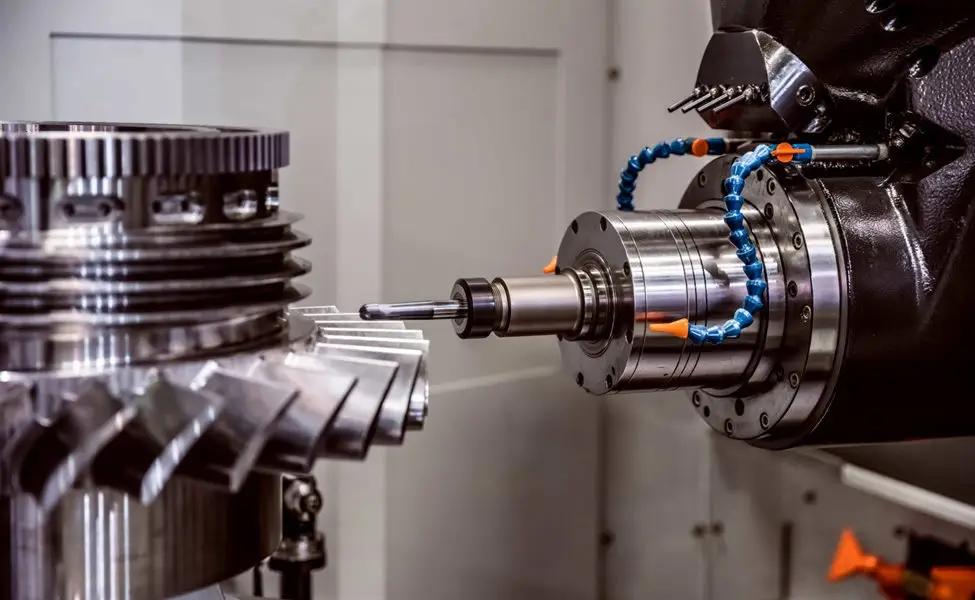
The world of diamonds is undergoing a quiet revolution, and at the heart of it lies a fascinating story: the rise of lab-grown diamonds. This article delves into the insider secrets of this industry, exploring the science behind their creation, the ethical considerations that fuel their popularity lab made diamonds, and the ongoing debates that reshape the diamond market.
From Earth’s Depths to Lab Chambers: The Science of Creation
Unlike their mined counterparts forged under extreme heat and pressure within the Earth’s mantle for millions of years, lab-grown diamonds are created in a controlled laboratory environment. Two primary methods dominate this process:
- High-Pressure, High-Temperature (HPHT): This technique mimics the natural diamond formation process by subjecting a diamond seed to intense pressure and heat.
- Chemical Vapor Deposition (CVD): In this method, a carbon-rich gas is introduced into a chamber at low pressure, where it breaks down and deposits carbon atoms onto a diamond seed, layer by layer.
The result? Gem-quality diamonds virtually indistinguishable from mined diamonds in terms of physical, chemical, and optical properties.
Beyond the Bling: The Ethical Allure
Traditional diamond mining has long been associated with a dark side. Concerns about environmental degradation, human rights abuses in conflict zones, and a lack of transparency have cast a shadow on the industry. Lab-grown diamonds offer a compelling alternative. Their creation has minimal environmental impact and eliminates the ethical baggage associated with mined diamonds. This ethical dimension is a major driving force behind their growing popularity, particularly among environmentally and socially conscious consumers.
A Diamond Disruption: Challenges and a Glittering Future
The rise of lab grown diamonds insider story hasn’t been without its challenges. The established diamond industry has pushed back, questioning the value and authenticity of lab-grown gems. Additionally, ensuring consistent quality and fair pricing structures are ongoing hurdles.
However, the future of lab-grown diamonds appears bright. Advancements in technology are leading to faster production times and even more flawless stones. Consumers are increasingly embracing the ethical and sustainable aspects of lab-grown diamonds. The market is expected to continue its significant growth, potentially reshaping the diamond landscape entirely.
The story of lab-grown diamonds is far from over. As technology evolves and consumer preferences shift, this industry promises to continue sparkling with innovation and ethical considerations.



